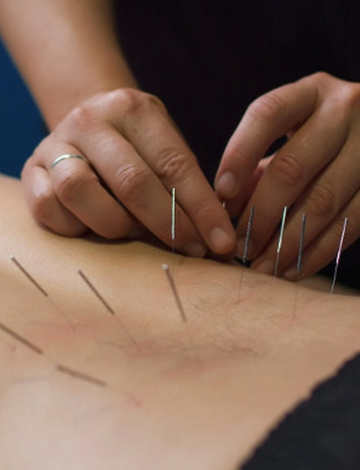
Dry needling is an advanced treatment intended to ease strong torment. Its ubiquity is developing.
What is Dry Needling?
During dry needling, a practitioner inserts several filiform needles into your skin. Filiform needles are fine, short, stainless steel needles that don’t inject fluid into the body. That’s why the term “dry” is used.
Practitioners place the needles in “trigger points” in your muscle or tissue. Dry needling is also sometimes called intramuscular stimulation. The points are areas of knotted or hard muscle.
Dry needling in practice
Dry needling is frequently performed by physical and sports injury specialists. Right now, dry needling specialists don’t need broad preparing. No administrative organization controls preparing, licensure, or oversight for this system.
Since theres no credentialing board, theres likewise no real way to decide whether someones preparing is real and palatable. If you pick dry needling, track down somebody with postgraduate medical care training, like an actual advisor.
Benefits of Dry Needling
Dry needling may provide relief for some muscular pain and stiffness. In addition, easing the trigger points may improve flexibility and increase range of motion. That’s why this method is often used to treat sports injuries, muscle pain, and even fibromyalgia pain.
Though it doesn’t currently have guidelines for practice, safe dry needling practices will be standardized as more research becomes available.
